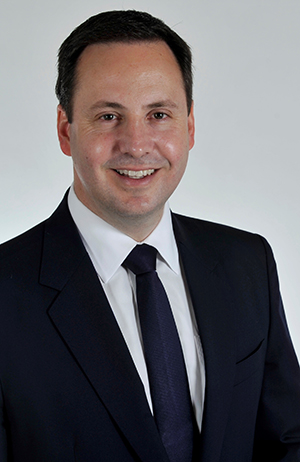VET reforms now industry-led for ‘job readiness’
EXTRA >>
INDUSTRY should have a stronger voice in ensuring Australia’s workforce is skilled, flexible and ready to drive economic growth in the industries of the future, according to Federal Industry Minister Ian Macfarlane’s new reform package for the Vocational Education and Training (VET) sector.
Mr Macfarlane announced the second tranche of the Federal Government’s overhaul of the VET system at the National VET Conference in Brisbane in September.
He said the reforms were the second tranche of improvements to the system to “elevate trades to the centre of the economy and focus on ensuring Australian workers were highly skilled and job ready”.
“Employer satisfaction and involvement with the VET system is decreasing and there’s too much churn and waste,” Mr Macfarlane said.
The key reason for the speed of changes has been research showing only half of all apprentices that start actually complete their training and just one in three complete their training in the skills area in which they started.
Mr MacFarlane said the government was changing the way the regulator, the Australian Skills Quality Authority (ASQA) operates (see separate story) “to cut the excessive red tape for high-performing training providers and let them get on with what it is that they do best – delivering the highest calibre training that meets industry and economy needs”.
“The best way to ensure training providers deliver high quality training is to let each RTO stand on its reputation – not fill out reams and reams of paperwork and jump through endless hoops.”
The government is also cracking down on unscrupulous or misleading behaviour by ‘brokers’ who act as an intermediary between students and training providers, as part of the new standards for RTOs which begin in January.
At the end of the current contract period with the 12 Industry Skills Councils (ISCs), the Federal Government will move to a more contestable model for the development and maintenance of training packages. Current ISCs can tender as can new groups.
“Industry must have the freedom to design the type of training they’re after, through both full trades qualifications and through skill sets,” Mr Macfarlane said.
Earlier, Mr Macfarlane introduced the Australian Apprenticeship Support Network and two pilot programs, Training for Employment Scholarships and the Youth Employment Pathways program.
The Federal Government is investing $200 million in the new Australian Apprenticeship Support Network from July 1, 2015 to boost apprentice retention, completion and satisfaction rates.
Training for Employment Scholarships and Youth Employment Pathways programs aim to extend the opportunities for acquiring a skill to more young Australians, in particular those in rural and remote Australia.
Mr Macfarlane said the government’s $1.9 billion Trade Support Loans program is already supporting Australian apprentices learning their trade.
“High-performing training providers will also have the freedom to get on with delivering the high calibre training that meets industry needs as a result of the government’s changes to the way the regulator ASQA (Australian Skills Quality Authority) operates, which will cut excessive red tape,” he said.
“The package of reforms will ensure Australia’s skills and training system is industry-led and industry-relevant to build a skilled and job-ready workforce.”
ends

 How to resolve AdBlock issue?
How to resolve AdBlock issue? 




